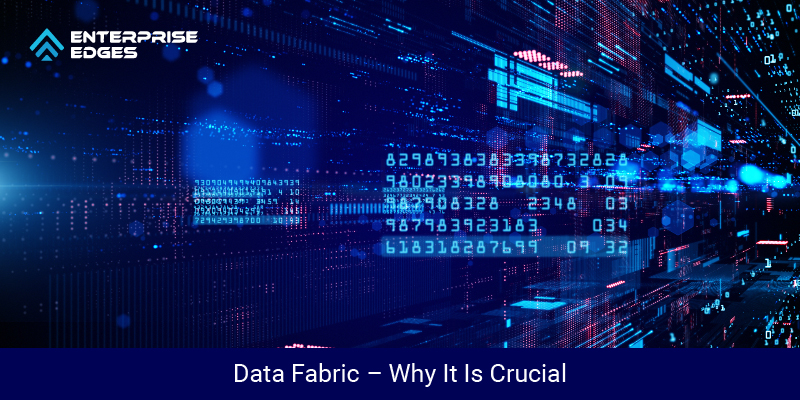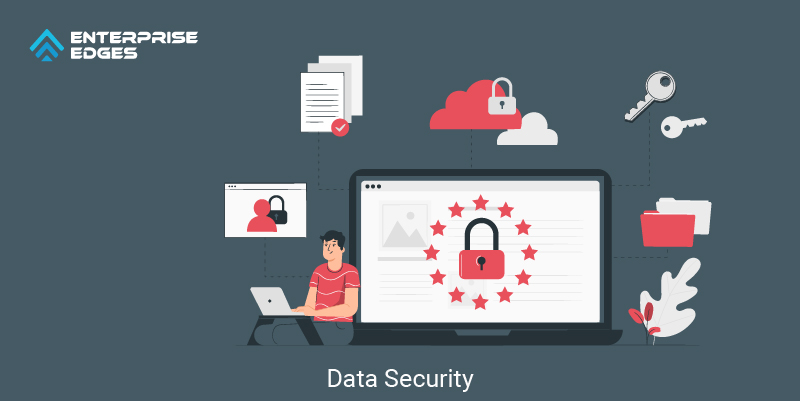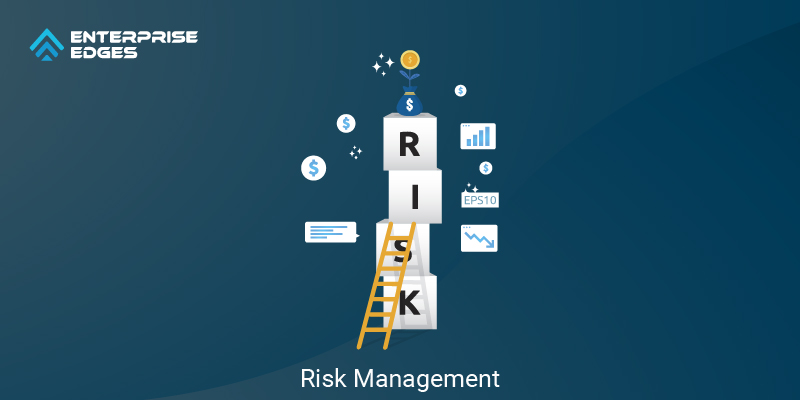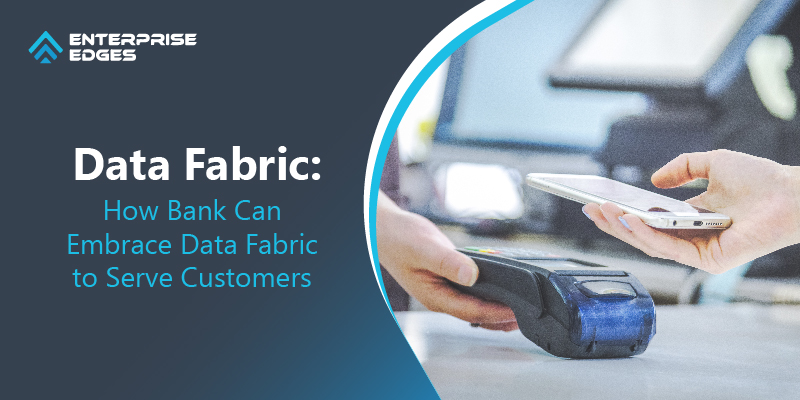Banks and insurance companies can benefit from the correct data infrastructure to improve their business processes.
More firms are exploring the potential of data to assist their businesses to enhance operational efficiency, develop intelligent insights, and improving customer experience in the era of big data. As a result, data is valuable to top companies, and handling it well is crucial to their success.
As a result of the pandemic imposed to prevent the spread of the coronavirus, many physical bank branches were unable to open.
Customers who rely on these branches for their financial solutions, particularly those older or from developing countries, cannot do regular operations such as receiving funds or talking with a financial consultant. As a result, they were obliged to transition to digital channels, which may have harmed bank-customer ties.
While financial services companies recognize the need of using data to help them make better decisions, they still face substantial obstacles in doing so successfully.
Data Fabric – Why It Is Crucial
Most financial services companies collect vast information on their consumers, ranging from spending habits to credit histories. However, because this data is frequently held in silos, it can be difficult for employees to access full datasets that might help them make better decisions.
These headwinds aren’t simply affecting the large banks and legacy financial organizations. Even the newest fintech firms struggle to make use of the massive volumes of data available to them.
There are a variety of data management technologies and tactics aimed at assisting financial services organizations in properly managing their data. Data warehouses, which are central repositories of data that have been optimized for specific purposes, are used by many of these businesses. Others may rely on data lakes, which store data in its raw form and retrieve it as needed. These methods, however, have drawbacks. For example, data warehouses are frequently built for specific scenarios, making it difficult to use the information to make judgments outside of that scope. If not adequately managed, data lakes, on the other hand, run the risk of becoming data swamps.
For companies striving, the notion of having to rebuild their entire data management systems is particularly overwhelming transferring years, if not decades, amount of customer data to a platform would take a large amount of time, effort, and money.
Data fabrics are a solution to this problem.
Data Fabric is Crucial

A data fabric “covers” all of a company’s various data sources. By simplifying and consolidating data management across cloud and on-premises systems, it ensures that all endpoints and scattered services interface to one another and communicate successfully.
Clients are leaving digital footprints across several platforms. Banking organizations can utilize this information to understand their clients and market trends, forecast results, and devise action plans.
A data fabric is required because, before big data, data was stored in many locations, with the majority being on-premise. It has since progressed to the cloud and is now used on various platforms, including Hadoop. However, as data becomes more fragmented, each of these sources introduces its own set of obstacles for interpreting and exploiting it.
Listed Below Are A Few Data Difficulties That Banks Face
1. Achieving Actual Data-Centricity
When the term “customer-centricity” is tossed about within practically every industry, what we’re talking about is data-centricity. Banks functioning in a manner for so long that their systems are primarily utilized to record transactions rather than provide the necessary insights to provide the most value to their customers.
2. Insights Extraction
Data is stored in silos, making it difficult to extract insights. Banks lay technology on top of older systems, resulting in a complicated web of silos containing crucial data from multiple perspectives. To improve insight-based decision-making, banks must now establish a single source of truth.
3. Data Security

Sure, concepts like the Internet of Things look like they’d be a lot of fun. However, they send shivers down the spines of security professionals and data managers. Banks store sensitive client information and risk losing their trust and reputation if this information is compromised. As a result, banks have been hesitant to implement data and analytics programmes, and one of the reasons is security concerns.
4. Unstructured Data
Storing new and valuable data is no longer a problem for banking businesses. However, maximizing the value of this data remains unexplored territory. Moreover, exploiting it is difficult because the data is unorganized or not captured within the company.
5. Tools
Most banks’ data-driven decision-making tools are quite sophisticated, with steep learning curves.
6. Data Democratization
Internal controls have focused on allowing decision-makers the bare minimum of data access in the name of security. The effort required to overcome internal data access friction cancels out the benefits most of the time.
Authorities want to ensure that consumers’ money is safe, so they impose strict requirements that force banks to focus on data governance. Banks must use large amounts of easily available data to boost company performance and efficiency. Banking organizations must swiftly adapt how they access, analyze, and manage their most important asset, data, to do this.
Benefits Of A Reliable Data Fabric:
1. Risk Management

Research how and where data projects may disrupt your business before implementing them. You can assess their performance by creating blueprints, pivoting, and rebooting data analytics projects. Prioritize areas where data and analytics can lead to a quick return on investment and gain buy-in from all company levels.
2. Fail-Proof Expansion
Employ a trusted partner’s data validation expertise to reduce the risk of Big Data adoption and management disruption. Integrate financial applications to utilize data assets and create a single source of truth. With Metrics and statistics, you can take complete control of your data transformation programme.
3. Efficient Processes
Data integration across banking operations can assist you in automating key elements of the organization that eat up valuable employee time. Therefore, the time saved can be used, ensuring that the customers are better served.
4. Importance Of Visibility And Monetization
With unique, detailed reports, dashboards, visual indicators, and regulatory and governance insights, banks may allow data-driven decision-making with greater visibility into organizational performance. Banks must streamline the data flow between touchpoints and ensure that the relevant individuals effectively harness it in a controlled and safe environment to enable data monetization.
In the financial services industry, the value of data is well acknowledged. Banks all around the world have spent years substantially investing in an attempt to extract value from the vast and ever-expanding reserves of data at their fingertips. A primary strategy goal has been, and continues to be, becoming a “data-driven” organization.
Banks are awakening to a new method of dealing with data that isn’t centralized, massive, or enslaved by inflexible and costly legacy technologies. Instead, data Fabric allows businesses to manage today’s data concerns in a cohesive and organic approach, eliminating the time and cost of migrating information to a data location.
Data Fabric can support various, diversified users and use cases with shared information assets while efficiently managing and synchronizing data. Employees are empowered by Data Fabric, which provides them with timely, consistent, and reliable information when they need it. This so-called “democratization of data” is all about giving people on the ground the tools they need to make better, faster business decisions.
Data Fabric is a good fit for digital transformation initiatives, multi-cloud migration strategies, and helping you get the most out of other technologies like digital twinning and digital resilience.
Further, Data Fabric envisions a future in which data is simple to understand and consume. It’s all about democratizing data at scale to deliver business insights, bringing banks one step closer to fully automated intelligent decision-making.
